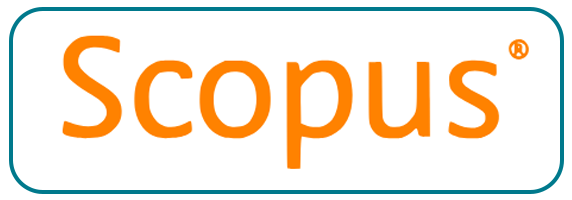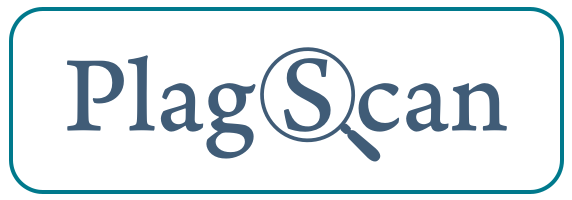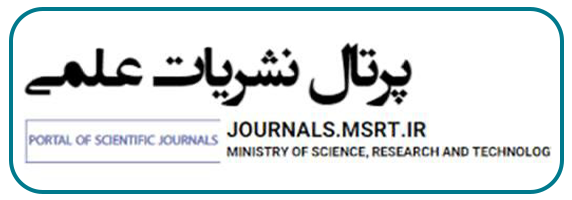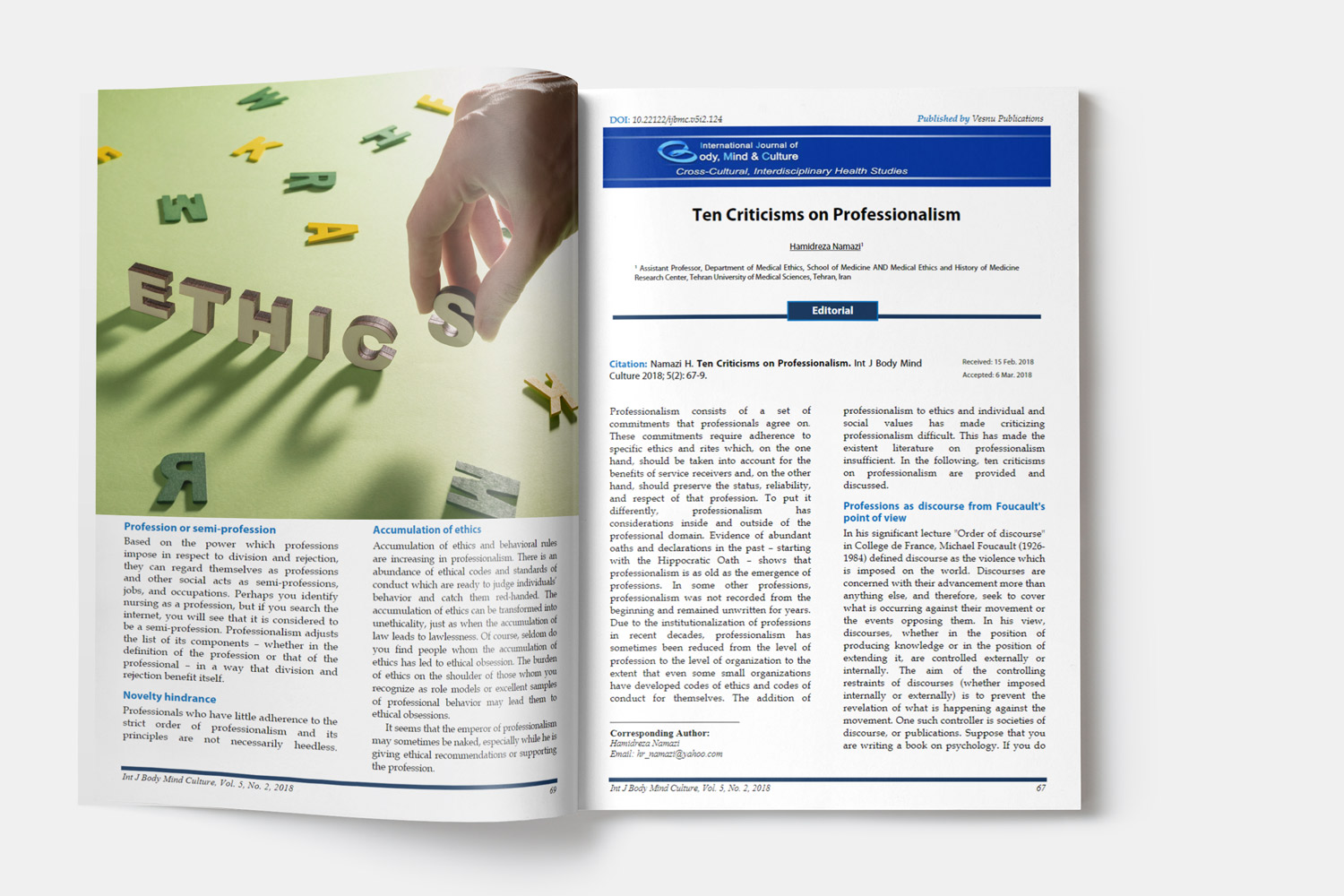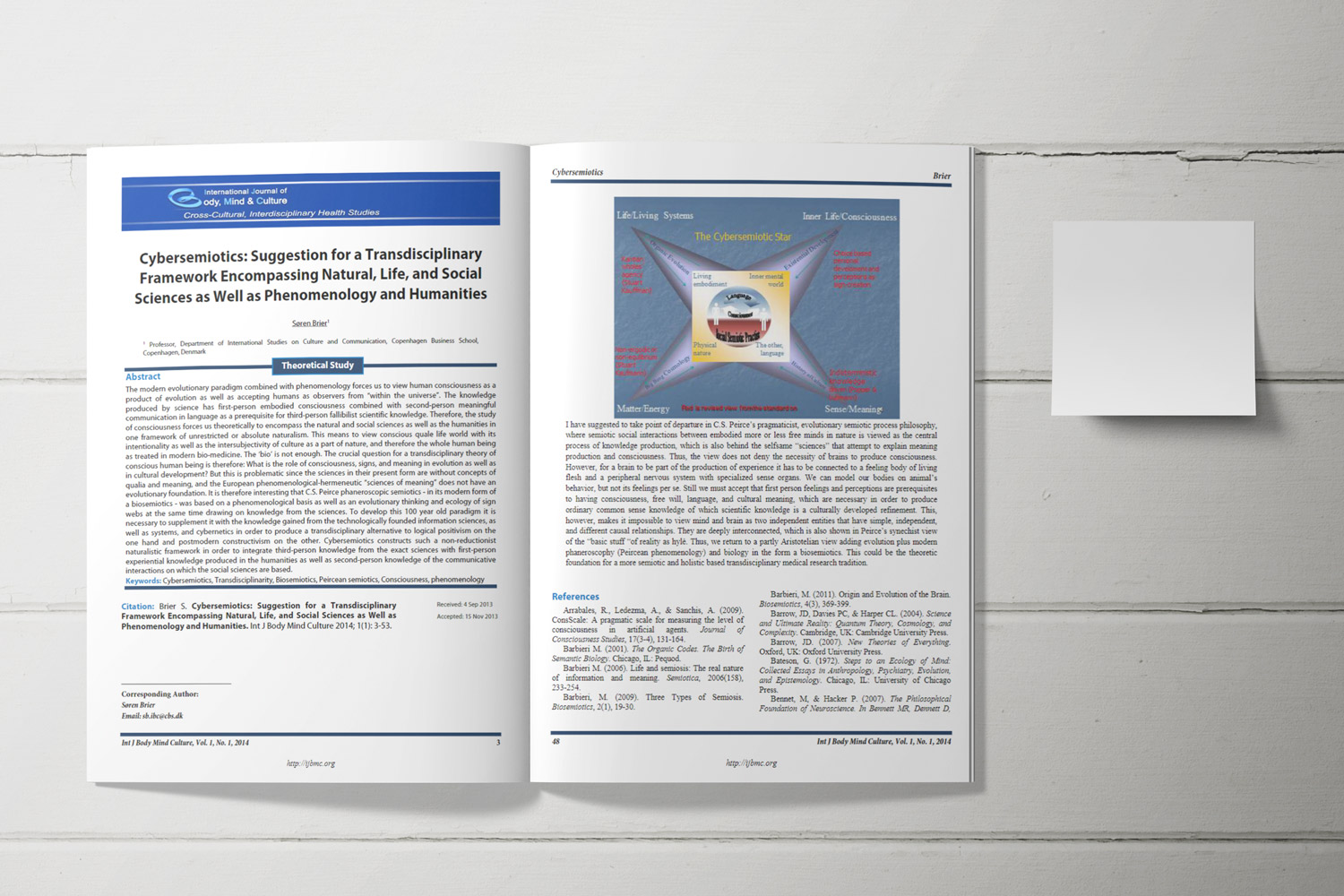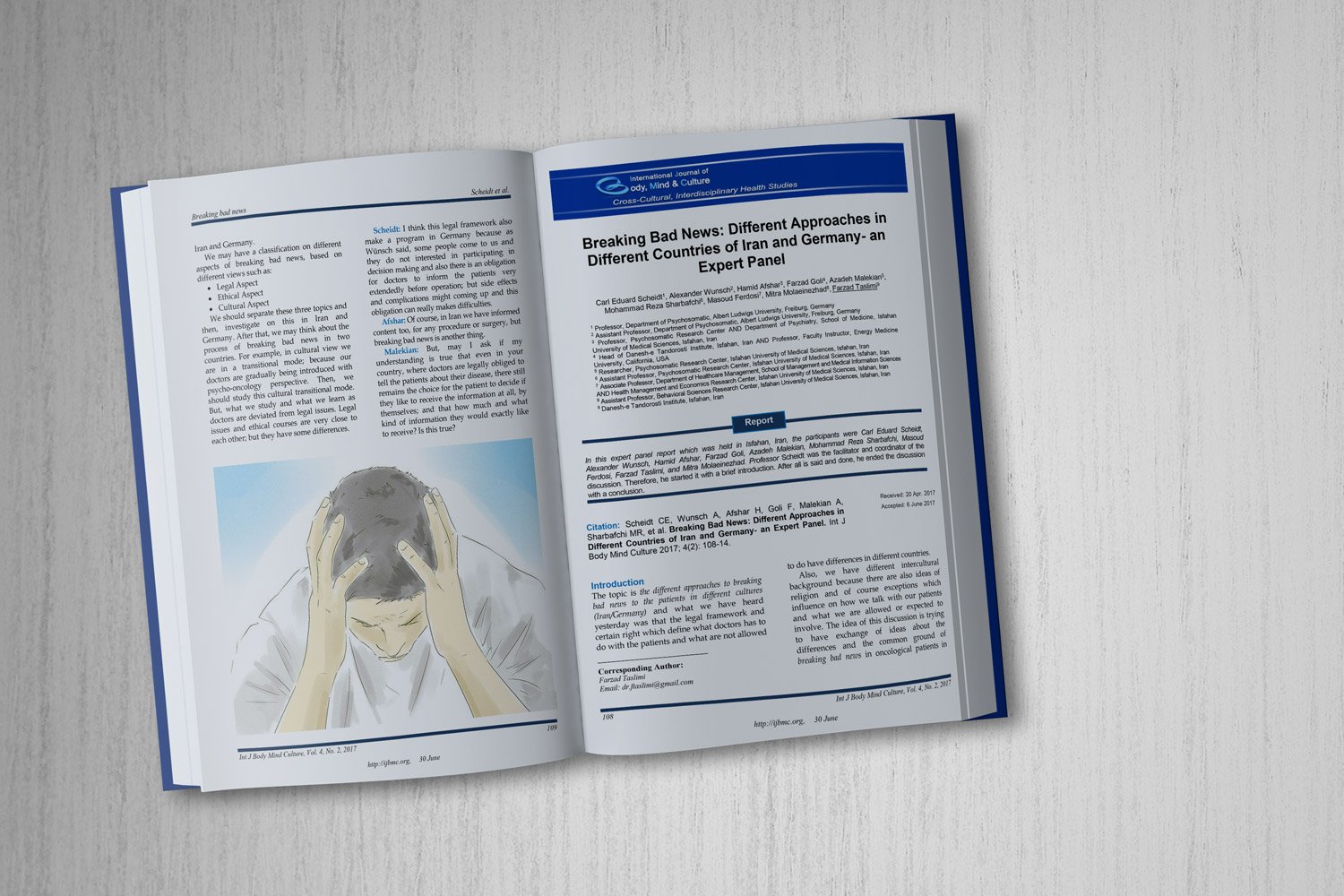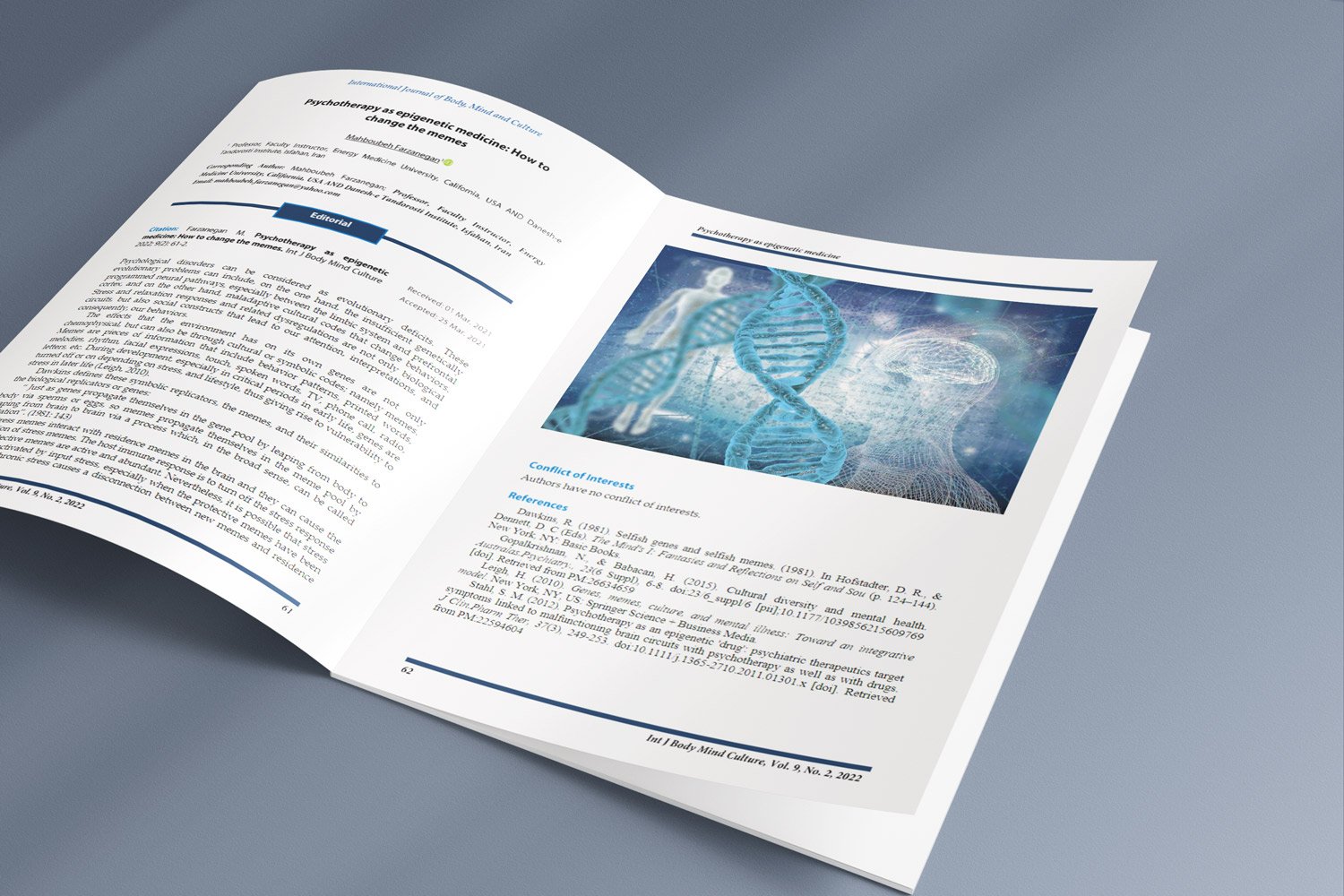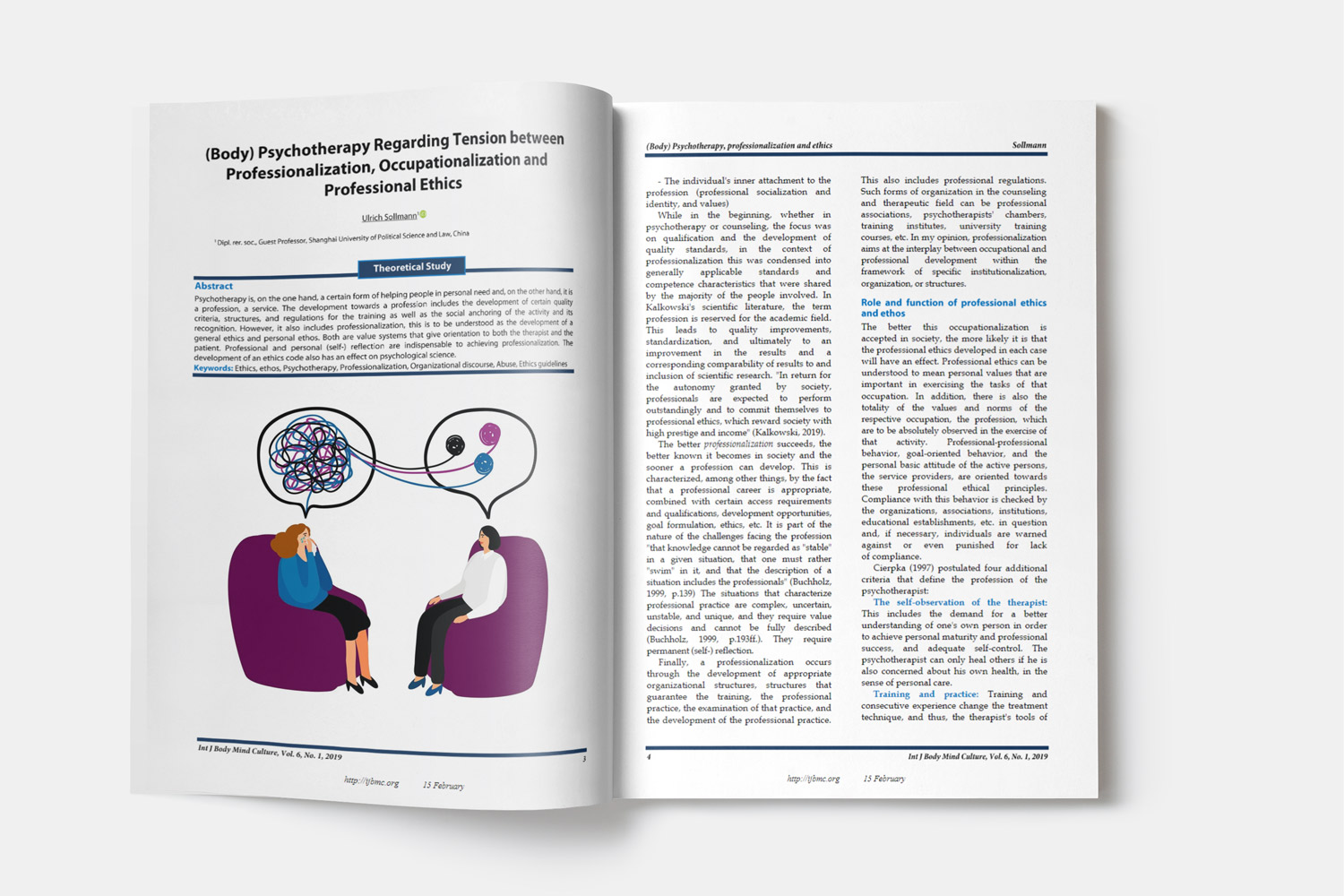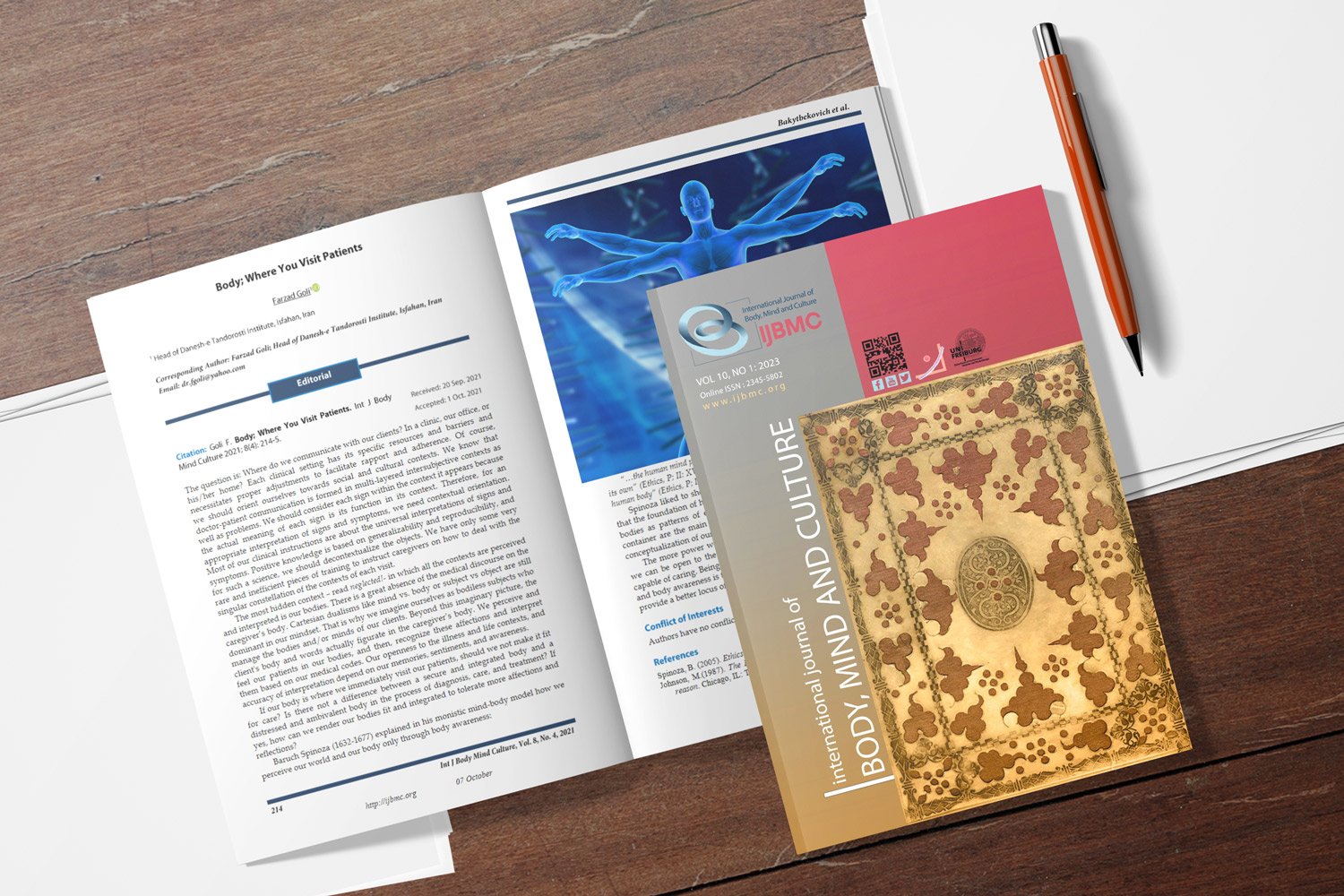Family Support and Psychological Needs of Children with Thalassemia: A Cross-Sectional Study in Iraq
Downloads
Objective: This study aimed to assess the psychological needs of children with thalassemia and examine differences in family psychological support based on parents’ sociodemographic characteristics.
Methods: A cross-sectional descriptive study was conducted from February 12 to March 15, 2025, at the Babylon Center for Genetic Diseases, Babylon Teaching Hospital for Maternity and Children, Iraq. The study included 125 parents of children with thalassemia aged 5–22 years. Data were collected using a validated and modified questionnaire with two sections: sociodemographic data and psychological support items. The data were analyzed using SPSS version 26, employing descriptive statistics, Mann–Whitney U test, and Kruskal–Wallis H test to assess group differences.
Findings: Most children were over 15 years old (44.0%), and the majority of parents were aged 40–49 (40.8%), female (61.6%), and had primary-level education (34.4%). Overall, 62.4% of parents provided a high level of psychological support. Key areas included expressions of love (68.8%), listening to feelings (70.4%), and offering encouragement (77.6%). Significant differences in psychological support were found based on parental gender (p=0.045), education level (p=0.029), and residence (p=0.017), with mothers, more educated parents, and urban residents providing greater support.
Conclusion: Family psychological support plays a crucial role in the emotional well-being of children with thalassemia. Socio-demographic factors significantly influence the level of support provided. Educational interventions targeting fathers, rural families, and those with low educational attainment are recommended to enhance psychological support for affected children.
Downloads
Ahmadian, B., Ramezani, M., Badiee, Z., & Vaghee, S. (2022). Coping strategies in patients with Beta-thalassemia and their parents: a systematic review. Journal of Pediatric Perspectives, 10(3), 15682-15694.https://10.22038/ijp.2022.62544.4782
Astarani, K., FW, L. Y., Taviyanda, D., & Richard, S. D. (2024). The Correlation Between Family Support with The Quality of Life of School-Age Children with Thalassemia. Babali Nursing Research, 5(3), 484-494. https://doi.org/10.37363/bnr.2024.53379
Batool, I., Ishfaq, K., & Bajwa, R. S. (2017). Psychosocial burden among thalassemia major patients: An exploratory investigation of south Punjab, Pakistan. Pakistan Paediatr J, 41(3), 158-162. https://www.researchgate.net/publication/320551240_Psychosocial_burden_among_thalassemia_major_patients_An_exploratory_investigation_of_south_Punjab_Pakistan
Eidan, N. a. H., & Aldoori, N. M. (2022). Physical Wellness Among Adolescents with Hemoglobinopathic Disorders. International journal of health sciences, 6(S6), 1739-1751. https://doi.org/10.53730/ijhs.v6nS6.9861
El-said, S. G., Darwish, A., & Wahba, N. M. (2021). Stress, anxiety and depression among adolescents suffering from thalassemia. Port Said Scientific Journal of Nursing, 8(3), 149-168. https://doi.org/10.21608/pssjn.2021.78945.1112
Handayani, S., Choiriyah, L., Supardi, S., & Indarwati, I. (2022). Family Emotional Support in Efforts to Improve Self-Esteem of Thlassemia Patients in Adolescent. Indonesian Journal of Global Health Reseacrh, 4(4), 831-836. http://repository.umkla.ac.id/id/eprint/2758
ISHFAQ, K., AHMAD, T., NAEEM, S. B., ALI, J., & ZAINAB, S. (2016). THE KNOWLEDGE OF PARENTS HAVING THALASSEMIA CHILD. Isra Medical Journal, 8(2). https://openurl.ebsco.com/EPDB%3Agcd%3A13%3A2211101/detailv2?sid=ebsco%3Aplink%3Ascholar&id=ebsco%3Agcd%3A117777920&crl=c&link_origin=scholar.google.com
Islam, F., Seemanta, S., Rezina, S., Mehrab, A., Raheem, E., & Hossain, M. S. (2025). Depression, anxiety, and stress among mothers of children with thalassemia in Bangladesh: a cross-sectional study. BMC Women's Health, 25(1), 221. https://doi.org/10.1186/s12905-025-03762-8
Khurana, A., Katyal, S., & Marwaha, R. (2006). Psychosocial burden in thalassemia. The Indian Journal of Pediatrics, 73(10), 877-880. https://doi.org/10.1007/BF02859278
Mousa, Z. Q. (2022). Genetic Polymorphisms in β-Thalassemia Major in Misan Ministry of Higher Education]. https://systems.uomisan.edu.iq/library/uploads/files/uec268mzxqy7953.pdf
Naderi, M., Najafi, S., Ahmadi, M. H., Siakhulak, F. R., Yaghoubi, S., & Bojd, Y. S. (2023). Evaluation of Factors influencing the birth of Thalassemia in Family Members with Thalassemia Major in Southeast Iran in 2021. Journal of Advanced Biomedical Sciences. https://doi.org/10.18502/jabs.v13i1.12077
Prathyusha, K., Venkataswamy, M., Goud, K. S., Ramanjaneyulu, K., Himabindu, J., & Raj, K. S. (2019). Thalassemia-A blood disorder, its cause, prevention and management. Research Journal of Pharmaceutical Dosage Forms and Technology, 11(3), 186-190. https://doi.org/10.5958/0975-4377.2019.00033.8
Richard, E., Metersky, K., Matthews, L., & MacLean, R. (2025). Understanding the work life of clinical nurse educators in Canadian hospitals through the Job Demands-Resources Model: A descriptive qualitative study. International Journal of Nursing Studies, 105249. https://doi.org/10.2139/ssrn.5263963
Sari, T. T., Rahmartani, L. D., Wirahmadi, A., Selene, N. B., Iskandar, S. D., & Wahidiyat, P. A. (2024). Psychological Burden among Pediatric Thalassemia Major Patients in Indonesia: A Review. Thalassemia Reports, 14(2), 33-43. https://doi.org/10.3390/thalassrep14020005
Tarım, H. Ş., & Öz, F. (2022). Thalassemia major and associated psychosocial problems: a narrative review. Iranian Journal of Public Health, 51(1), 12. https://doi.org/10.18502/ijph.v51i1.8287
Wardhani, F. N., Dharmmika, S., & Rathomi, H. S. (2021). Depression Leads to Physical Inactivity in Patients with Beta-Thalassemia Major. Global Medical & Health Communication (GMHC), 9(2), 96-102. https://doi.org/10.29313/gmhc.v9i2.7598
Copyright (c) 2025 International Journal of Body, Mind and Culture

This work is licensed under a Creative Commons Attribution-NonCommercial 4.0 International License.

